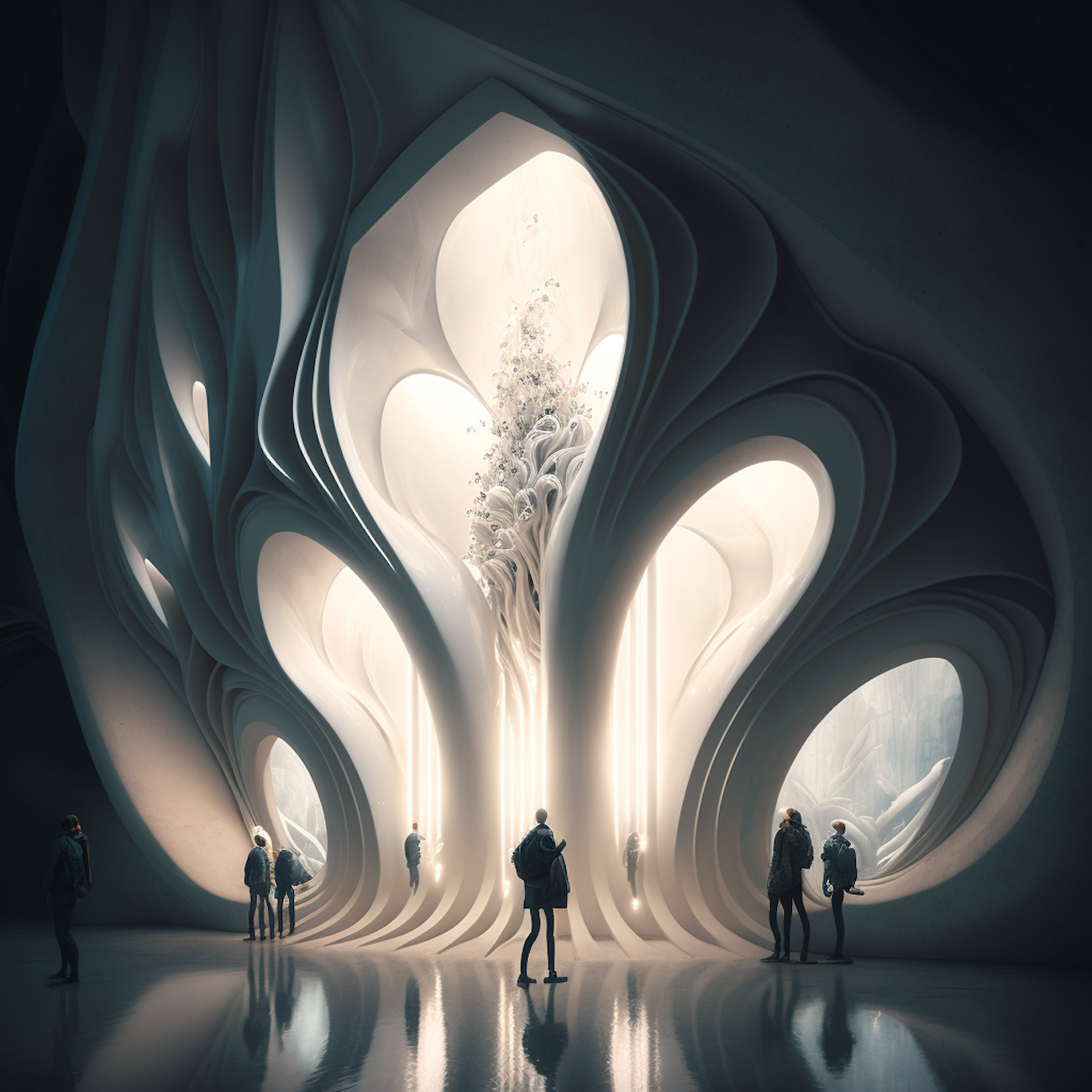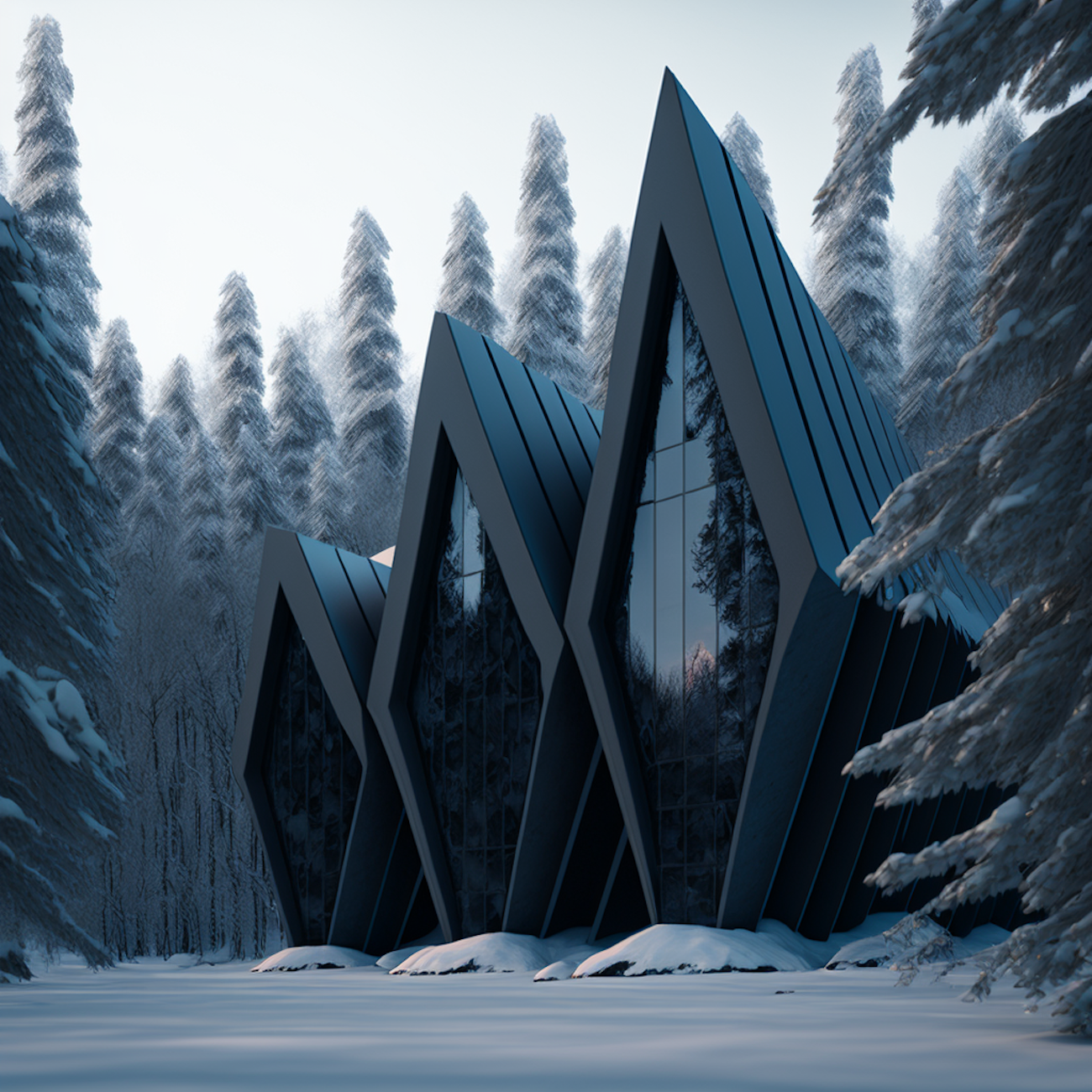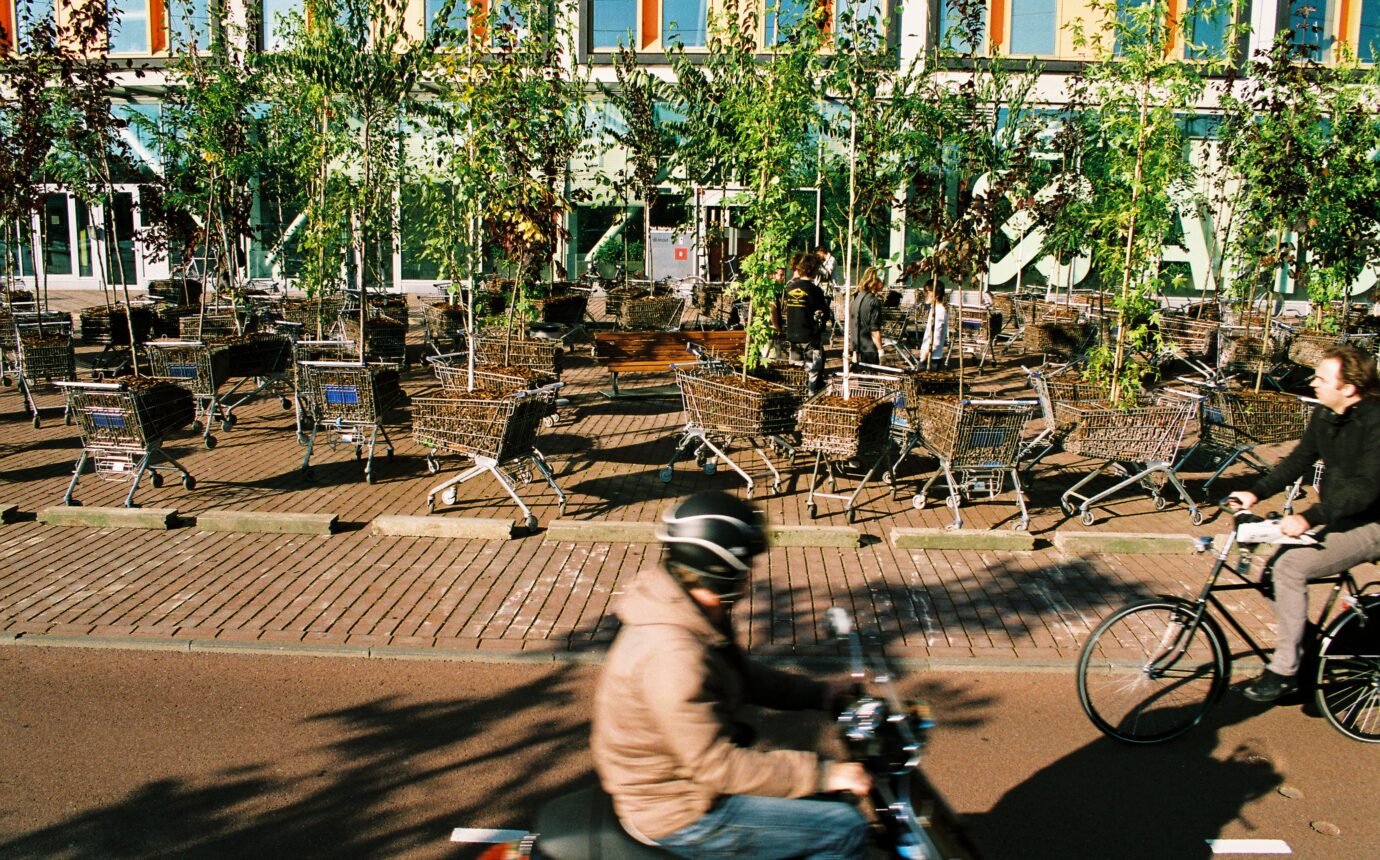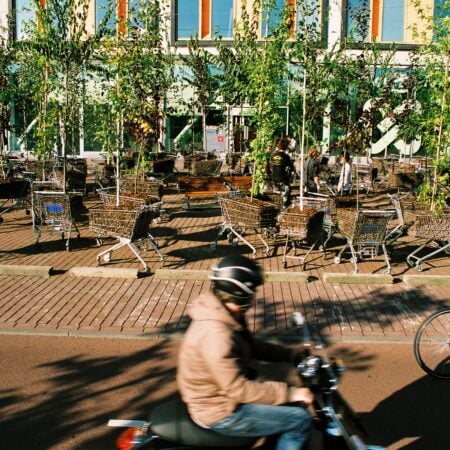The Beauty of AI

We sat down with Artificial Intelligence to talk architecture and design. Its answers are surprisingly coherent and more than a little bit self-serving
Have you ever wondered how AI architecture is used in designing buildings? We’re here to tell you that it’s a lot more than just a trend. AI is quickly becoming an essential part of the design process, and it’s changing the way architects approach their projects. From self-driving cars to smart homes, AI is revolutionizing the way we design and build structures. We’ll discuss the implications for the future of the industry. So, if you’re curious about how AI is transforming the world of architecture, keep reading.
AI has been transforming the construction industry for many years now. It is used in a variety of ways, from creating 3D models to speeding up the overall design process. It can be used to create detailed blueprints and plans, and then optimize the design through machine learning. This helps architects create buildings that are more efficient and cost-effective. AI architecture is a powerful tool that can help architects create amazing buildings that are both structurally sound and aesthetically pleasing.

Tulip, by Linus Dufner.
But why do we need AI for designing homes? By leveraging artificial intelligence in the home design process, we can cut down on energy consumption, reduce the use of materials, and optimize the use of available space. AI can also be used to help designers create homes that are tailored to their clients’ needs and preferences, making the home design process more efficient and enjoyable.

Coal, by Linus Dufner.
While the idea of AI architecture may seem like something out of a science-fiction novel, it is becoming an ever-present reality. With the use of automated systems, architects are able to create stunning, efficient designs without sacrificing creativity. The AI architect can identify patterns and find new ways to improve the building process, using self-learning algorithms and artificial intelligence technology. Despite the potential dystopian implications, it is clear that the technology can be used to create revolutionary designs that maximize the efficiency of construction, energy use and time.
*Generated with ContentBot.Ai. Originally produced in Roboto font.










